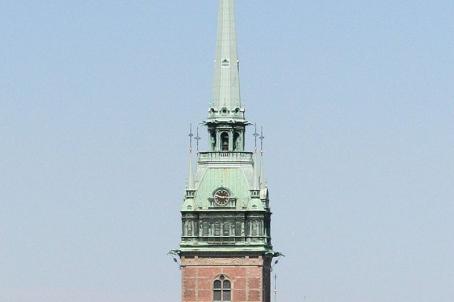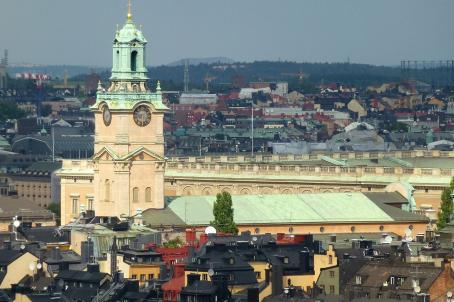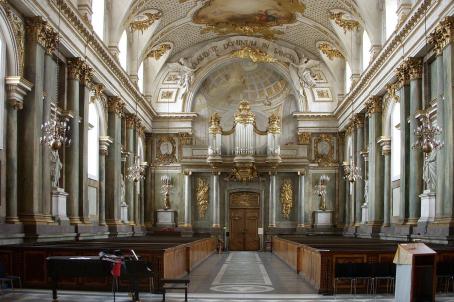Sweden's oldest preserved synagogue & the Jewish Museum

The Jewish Museum is situated in Sweden’s oldest preserved synagogue. The building as well as our exhibitions tell the story of the Jews who came to Sweden, how they formed a community, and how they became a part of Swedish society, both past and present. Stockholm’s earliest Jewish congregation moved to the building, a then defunct auction room, in 1795. It was to be the focus of Jewish life in Sweden for almost a century.
About this building
The Jewish Museum is situated in Sweden’s oldest preserved synagogue. The building, located in Själagårdsgatan 19 in the Old Town, tells the story of the first Jews who came to Sweden, how they formed a community, and how they became a part of Swedish society.
Stockholm’s earliest Jewish congregation moved to the building, a then defunct auction room, in 1795. It was to be the focus of Jewish life in Sweden for almost a century, consisting of a synagogue, a ritual bath and a religious school, and housing the rabbi, the cantor and a kosher butcher. A special law decree in Sweden, in force from 1782 till 1838, dictated how Jews were allowed to live in the country and defined Swedish Jews as a nation of their own. Själagårdsgatan 19 was therefore the heart of a kingdom within a kingdom.
The Jewish Museum exhibits the original site’s pulpit and has restored some of the synagogue’s original wall paintings. It may thus be one of Europe’s last remaining synagogues ornamented in the German style. The Museum was founded in 1987 and was the first Jewish museum to be opened in the Nordic countries. It moved to its current site in 2019, with the ambition to link the past history of Swedish Jewry to the present and the future.
The museum aims to cast a light on Jewish heritage as a minority heritage within Sweden, and on the relationships between this minority and the majority society. The space consists of a permanent exhibition, guiding visitors through the history and present of Swedish Jewry, as well as changing exhibitions focusing on different aspects of Jewish life and culture. The Museum tells the story of Jewish thought, Jewish practices, and Swedish history to anyone curious about Jewish and Swedish-Jewish culture and heritage.





